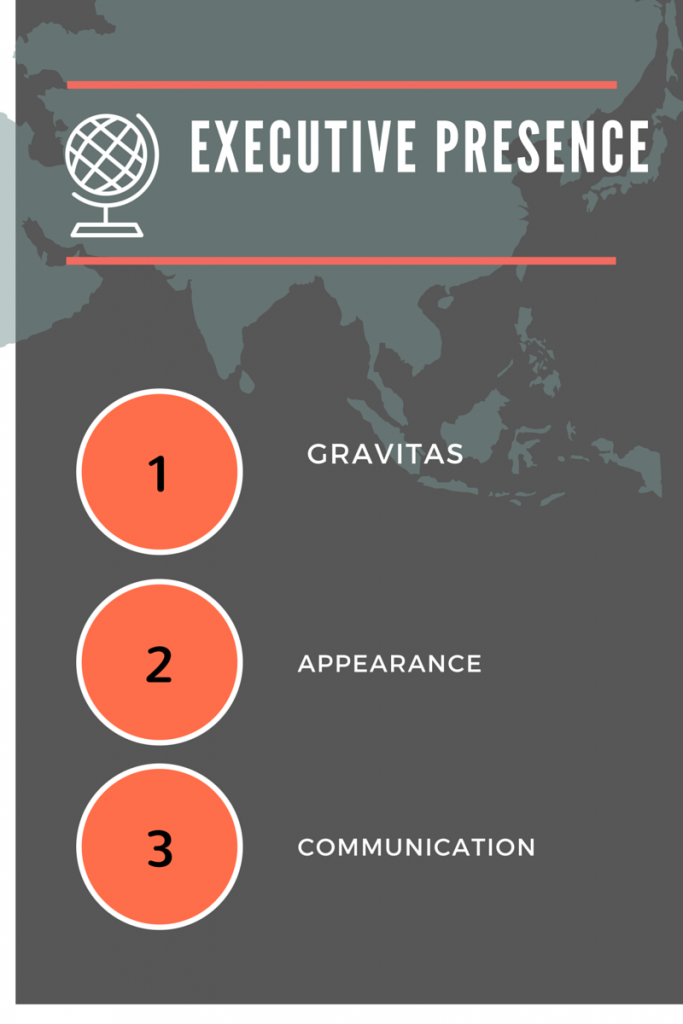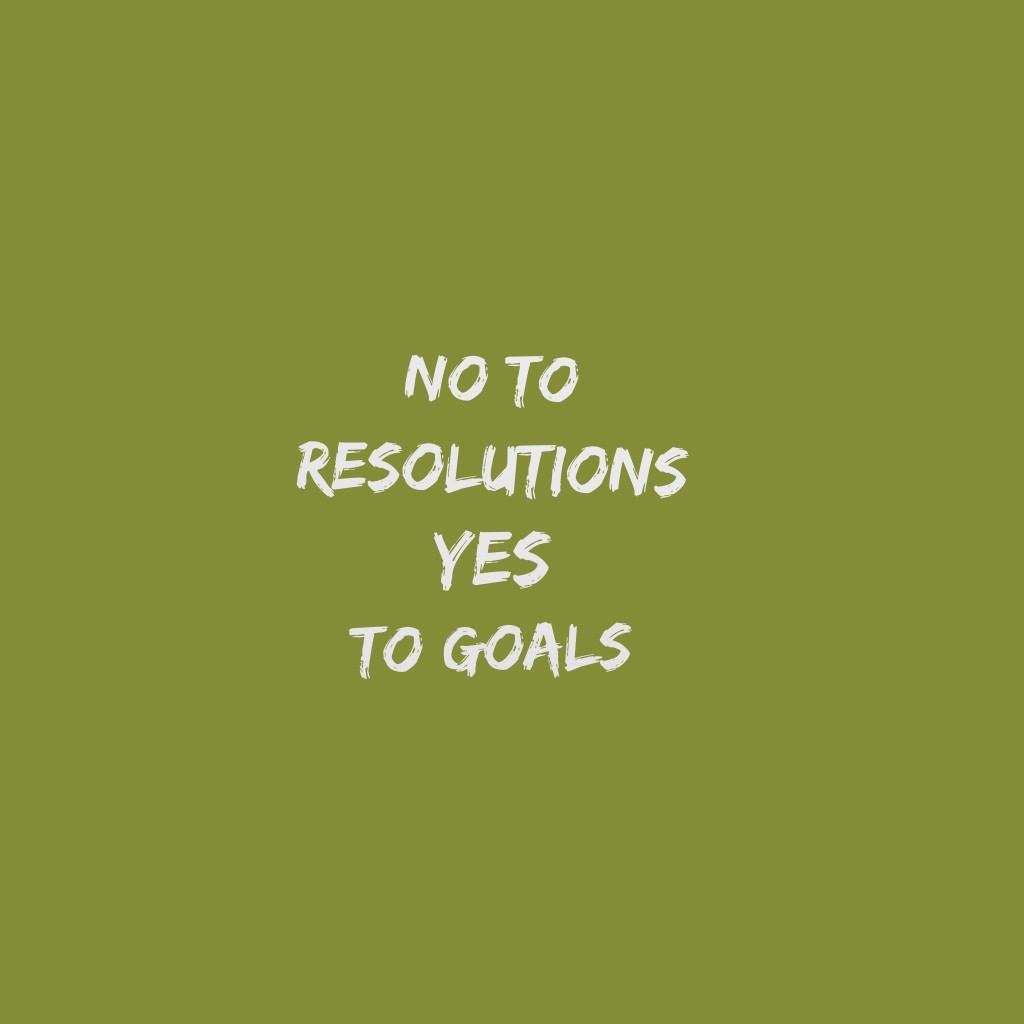 According to David J Schwartz author of “The Magic of Thinking Big” average or mediocre people are passive. They do not take action and postpone doing things until it is too late. They debate themselves out of doing things, find a good reason to put things off or wait until everything is 100% perfect before taking action – they procrastinate.
According to David J Schwartz author of “The Magic of Thinking Big” average or mediocre people are passive. They do not take action and postpone doing things until it is too late. They debate themselves out of doing things, find a good reason to put things off or wait until everything is 100% perfect before taking action – they procrastinate.
Successful people take the right action at the right time leading to greater results. They are proactive, get things done and follow through on ideas and plans.
A key success ingredient is the ability to take action. By taking action one gains confidence in one-self and a feeling of self-reliance in the ability to get things done.
Here are 5 tips to develop an action mindset that will enable you to slay the procrastination dragon every time he rears his ugly head.
#1 – Anticipate obstacles and challenges. Risks and uncertainties are everywhere. You cannot foretell them but you can certainly equip yourself to handle them. Have a back up plan for when things go wrong.
#2 – Meet challenges as they arise. Do not run away from the challenges that come your way. Instead face challenges knowing that you’re capable of handing them and that you have a back up plan.
#3 – Use action to cure fear and gain confidence. Try things out and fail fast. Any failure is an opportunity to learn what needs adjusting or replacing. Action feeds and strengthens confidence while inaction feeds fear.
#4 – Use the mechanical way. Don’t deliberate on the merits or demerits of getting something done. Just do it and get moving on it. You can course correct as you learn from the results your actions produce.
#5 – Think “NOW”. Banish tomorrow, next week and later. Once you decide to do something, start it. Get used to saying “I am starting right now”. Be a crusader for your goal, pick up the ball and run. Just go!
“An only fair idea acted upon and developed is 100 per cent better than a terrific idea that dies because it isn’t followed up” – David J Schwartz

